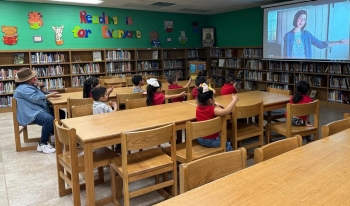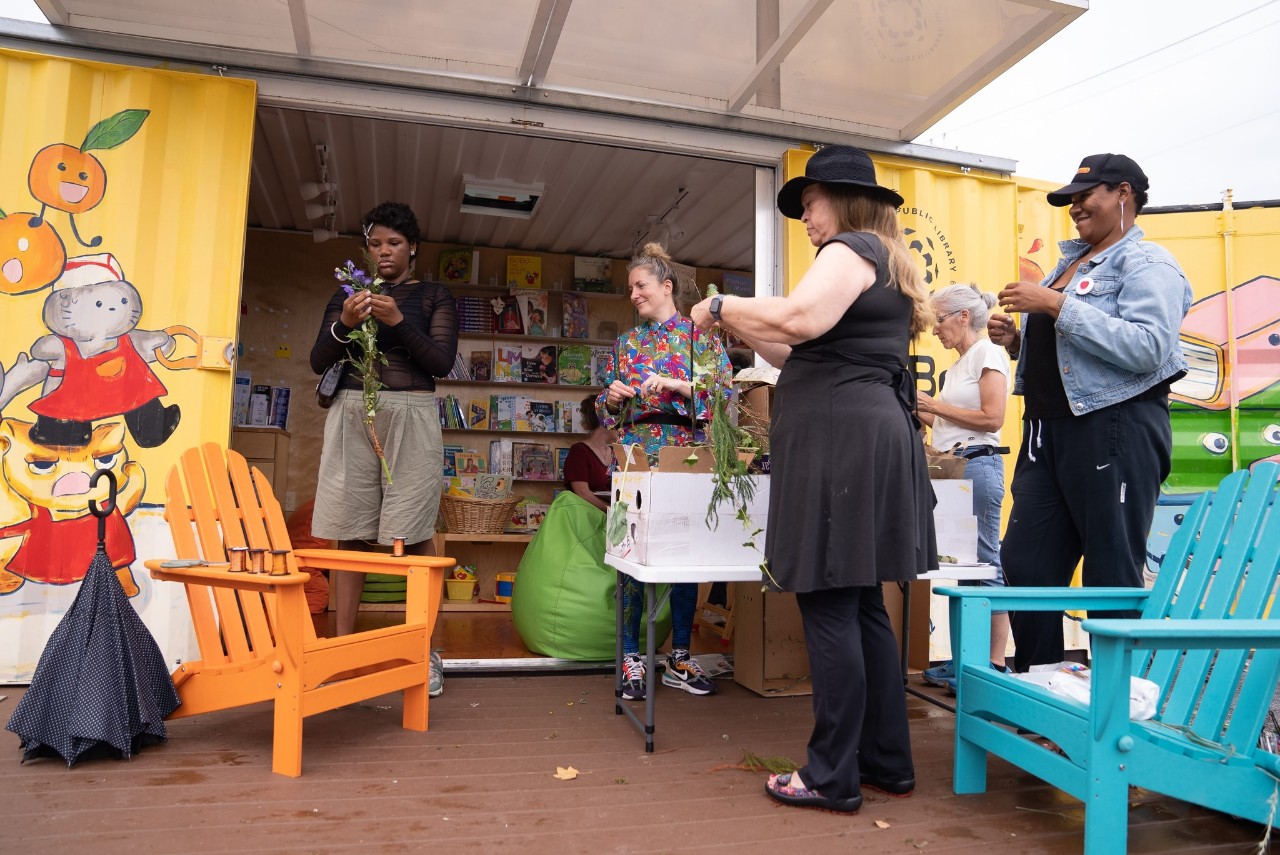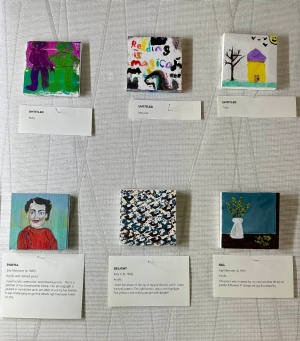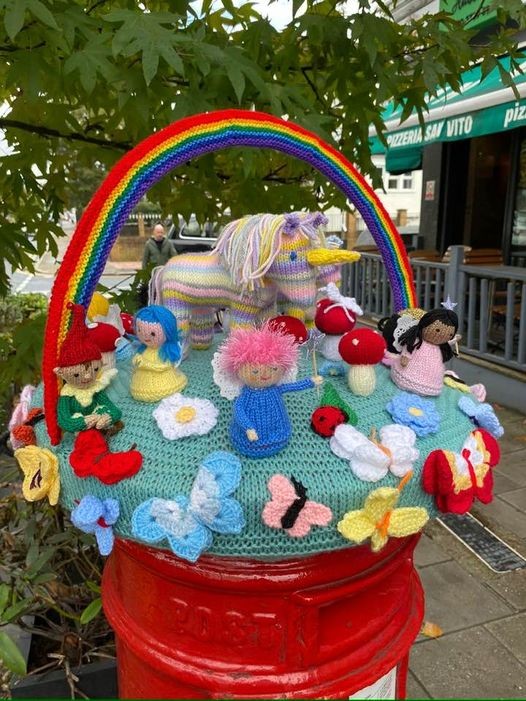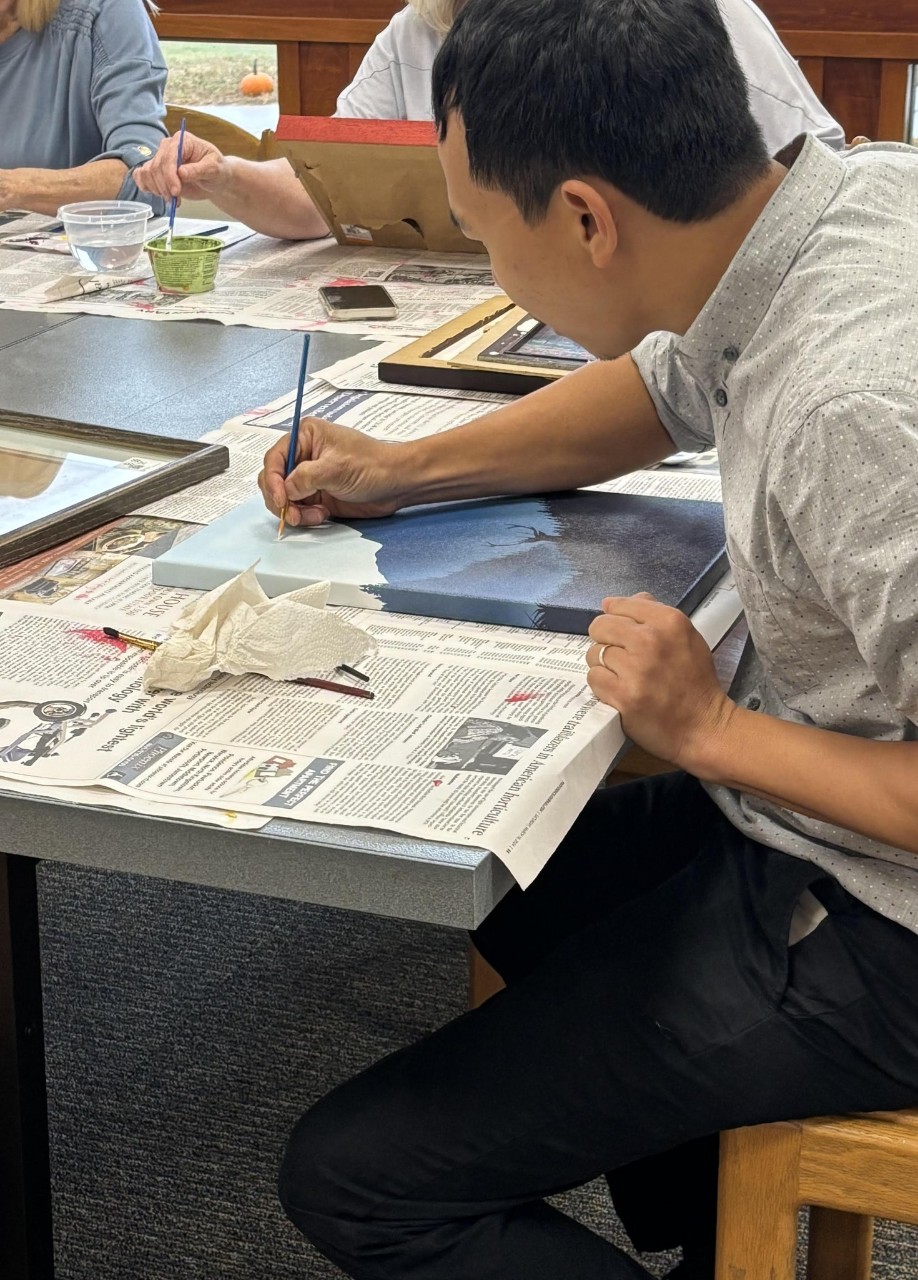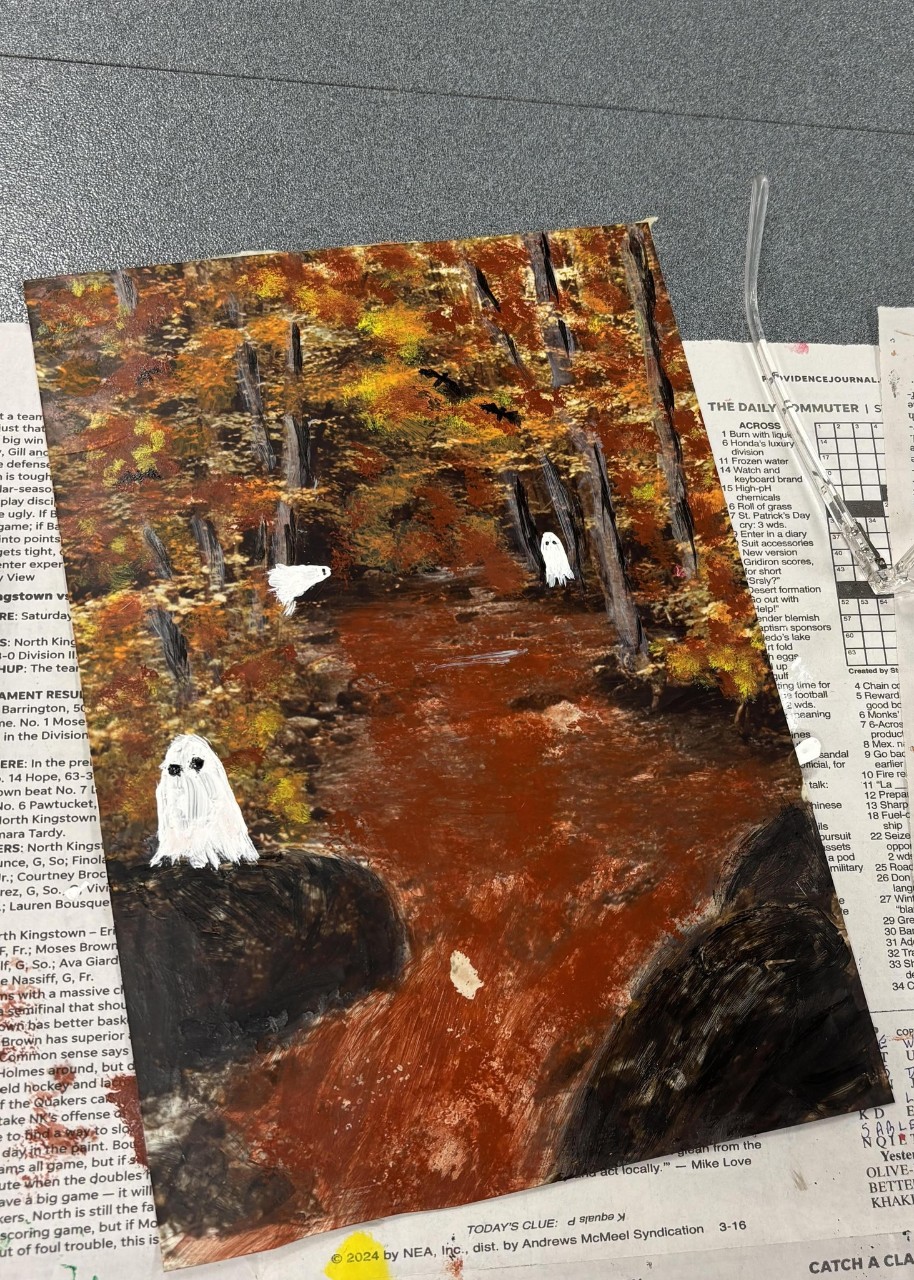Inspire creativity with library arts and crafts programs
Libraries have always been a place to go to spark imagination, and tapping into the visual and performing arts can offer community members a fresh way to engage in creative expression. From DIY crafts to creative workshops, libraries can create arts and crafts programming that helps patrons of all ages embrace their creative side.
But the benefits of arts programming go beyond the artistic process itself—these programs offer a chance to create meaningful connections during a time when loneliness is at an all time high. Libraries can play an important role in responding to the loneliness epidemic, as this Library Journal article discusses. Arts programs have the potential to be offer a remedy to isolation by offering a shared space to create, collaborate, or learn a new skill together. Here are ten ways libraries can spark creativity and connection through engaging arts and crafts programs.
Host a workshop or demo
In-person classes, workshops, and demos are some of the most popular ways libraries help their community members get creative. The sky’s the limit when it comes to program themes, but here are a few fun examples.
Taylor Public Library (Texas) held a Bad Art Night, an event focused on keeping art fun and low-pressure while focusing on the benefits of art therapy for mental health, stress reduction, and boosting your mood.
In the UK, Addlestone Library’s Marvellous makers program invites kids to create crafts like animal masks, pet rocks, bottle pets, peg doll princesses and superheroes, and more!
John & Olive Hinojosa Elementary School Library (Texas) held a program to celebrate International Dot Day, a global celebration of creativity, courage, and collaboration inspired by the book The Dot by Peter H. Reynolds.
In Saskatchewan, Canada, Arcola Public Library’s plant pots program invited community members to make and paint their own ceramic pot.
Start an art club
Libraries and book clubs go hand in hand, and art books can be a great way to connect folks who love art. Milwaukee Public Library in Wisconsin started a monthly Art Book Club, an informal art appreciation club. Each meeting centers on a specific theme, and participants are invited to browse art and reference books that correspond to the theme.
Create a piece of collaborative art
Collaborative arts programs can offer a way to create meaningful connections between community members. This WebJunction article features a collaborative puzzle art project that Barberton Public Library in Ohio offered during the pandemic, as a way to help people connect during social distancing.
Partner with artists to create a public art or library exhibit
Art exhibits and public art sometimes require added funding and resources, but come with the benefit of making a larger impact on communities. In Wisconsin, Madison Public Library held a series of six exhibitions featuring local artists’ work at public library locations. These shows were made possible by the Bubbler, the library’s community arts hub.
Cleveland Public Library (Ohio) decided to take a different approach by taking their art exhibit into the community with their Art Box, a mini-library, art-making space, and community gathering spot.
Hold a Tiny Art Show
Not all art shows have to be big and flashy to make an impact. If your library wants to start small, consider hosting a Tiny Art Show, a concept popularized by Utah artist McKay Lenker Bayer. The mission is simple: “tiny art shows in unexpected places,” and libraries all over have brought this idea to their communities. Check out posts from Rockland Public Library (Maine), Wayne Public Library (Nebraska), Faulker County Library (Arkansas), and Cedar Rapids Public Library (Iowa) for photos that can offer whimsical and delightful examples to inspire your next Tiny Art Show.
For other tiny art fans, this Madison Public Library mini worlds program offers ideas for creating mini dioramas.
Host a poetry or performing arts program
Have you considered offering a program for people who prefer the literary or performing arts? Norfolk Public Library (Virginia) held a Fall Poetry Walk. Participants were invited to take a walk along the nearby Elizabeth River Trail while taking time to read a selection of autumn-themed poems.
Jacqueline Thompson, a librarian at the Meader Fine Arts Library in the Kalamazoo Institute of Arts organized a Creating Blackout Poetry event to spotlight Banned Books week. Participants were invited to transform pages of text into beautiful and thought-provoking pieces of art at the library.
Open mic nights like the ones at Mt. Pleasant Public Library and James E. Shanley Tribal Library are another popular way libraries can create connection among performing arts fans. For even more music-themed ideas, check out Social Library, piano edition.
Offer a take-home art kit to increase accessibility
Not everyone is able to come to the library for in-person programs. Offering a virtual program or take-home project is a way to increase accessibility. Memorial Library of Nazareth and Vicinity (Pennsylvania) offered a folded book art virtual tutorial that anyone can enjoy from home, using an old or damaged book.
Invite fiber arts fans to share some stitches together
From sewing and quilting bees to sip and stitch groups, fiber arts have always paired well with social activities. Groups like Knot Just Knitting group at North Adams Public Library (Massachusetts) and the Beckenham Library Knit and Natter group in the UK give participants a chance to spend time with each other while working on themed project or a personal work-in-progress.
Sewing and yarn don’t have to be limited to more traditional projects. KCL Lamont Brance Library (California) got creative with their recent Yarn Art program, featuring yarn-crafted jewelry. And Renmark Paringa Council library in South Australia invited local kids to make their own fantastic fur pets.
Use viral trends for program inspiration
Taking advantage of viral trends can be an effective way to capture the attention of community members. The viral ghost painting trend is one example. Using thrifted artwork and basic painting supplies, people add ghosts, bats, and other spooky creatures to the painting. Libraries like Exeter Public Library (Rhode Island) and Worcester Public Library (Massachusetts) have celebrated spooky season with ghost painting events in their libraries.
Design programs for all ages—kids, teens, seniors, and intergenerational groups
Art can be for everyone. Sometimes that means offering age-specific programs like London Public Library’s Creative Aging art series (Ontario, Canada), Covington Public Library’s balloon animal drawing event for teens (Indiana), and Ashland City Library’s sunflower watercolor class for kids (Kansas).
For adults arts program inspiration, check out this WebJunction article, Adult arts and crafts at the library (and 5 cool projects to get you started).
Art programs can also present an opportunity for intergenerational connection, like Epsom Community Library’s magnet craft program (New Zealand) and Hopkinsville-Christian County Public Library’s knitting and crocheting group (Kentucky) which were welcome to all ages.
Incorporating arts and crafts programs at the library helps foster creativity, build community, and engage patrons of all ages. By offering a wide range of activities, libraries can provide a space where everyone can explore their creative side, connect with others, and find inspiration. How will your library spark creativity in your community? Let us know on WebJunction's Facebook page for a chance to be featured in an upcoming post.
Additional resources
- Adult arts and crafts at the library—and five cool projects to get you started (WebJunction article)
- Social Library, Piano edition (WebJunction article)
- We're not complete without you: A collaborative puzzle art project (WebJunction article)
- Hungry for Connection: Addressing Loneliness Through the Library (Library Journal)
- US Surgeon General’s Advisory on Loneliness and Isolation (US Department of Health and Human Services)
- I Art Libraries (Facebook page) Arts inspiration for across the spectrum of mediums.

